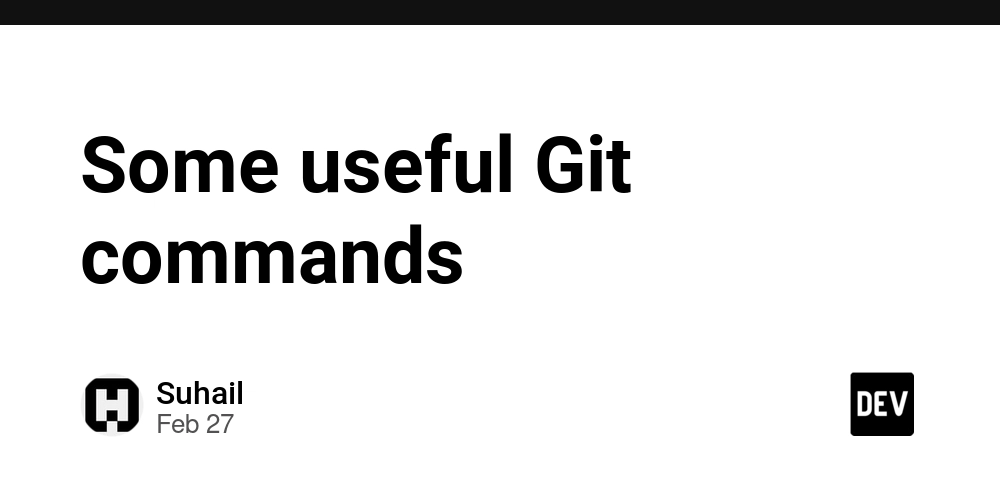8 Container monitoring trends in 2025
Introduction The rapid adoption of containerized environments has transformed how organizations develop, deploy, and manage applications. Containers provide unmatched scalability, portability, and resource efficiency, making them a fundamental component of modern cloud-native architectures. However, managing containerized workloads effectively requires robust monitoring solutions to ensure performance optimization, security compliance, and real-time troubleshooting. As the container ecosystem continues to evolve, organizations must keep pace with emerging trends in monitoring. This blog explores the latest developments in container monitoring, highlights key challenges, and examines how organizations can leverage advanced monitoring solutions to maximize operational efficiency. 1. Shift-Left monitoring for early detection Modern DevOps practices emphasize a proactive, shift-left approach to monitoring, integrating observability tools within the software development lifecycle. By embedding monitoring in CI/CD pipelines, developers can detect and address performance bottlenecks, security vulnerabilities, and configuration errors before applications reach production. This early intervention minimizes downtime, improves deployment reliability, and accelerates issue resolution. 2. AI-powered anomaly detection Artificial intelligence (AI) and machine learning (ML) are redefining container monitoring by enabling predictive analytics and automated anomaly detection. AI-driven monitoring tools analyze historical performance data to identify deviations from normal behavior, flagging potential failures before they escalate. This proactive approach enhances system reliability and reduces mean time to resolution (MTTR) for critical incidents. 3. Beyond metrics: comprehensive Observability Traditional monitoring focuses on resource utilization metrics such as CPU, memory, and network traffic. However, modern container observability extends beyond basic metrics to incorporate logs, distributed traces, and real-time event analysis. This holistic view allows teams to trace application performance issues across complex microservices architectures, facilitating faster root-cause analysis and debugging. 4. Multi-cloud and Hybrid cloud visibility As organizations increasingly adopt multi-cloud and hybrid cloud strategies, monitoring solutions must provide seamless visibility across diverse cloud platforms. Containers deployed on different cloud providers require unified monitoring dashboards that consolidate performance data, security alerts, and network insights. A centralized observability strategy ensures consistent performance monitoring across distributed environments. 5. Strengthening security with advanced monitoring Security remains a top concern for containerized environments, as misconfigurations and runtime vulnerabilities can expose applications to cyber threats. Advanced monitoring solutions now integrate security analytics, vulnerability scanning, and compliance enforcement to detect anomalies, unauthorized access attempts, and suspicious behavior within containers. By implementing runtime security monitoring, organizations can proactively mitigate security risks. 6. Auto-scaling for optimized resource utilization Efficient resource allocation is crucial for maintaining cost-effective containerized workloads. Modern monitoring solutions incorporate auto-scaling capabilities that dynamically adjust resources based on workload demand. By analyzing real-time traffic patterns and application load, auto-scaling ensures that containers maintain optimal performance without over-provisioning resources, leading to significant cost savings. 7. Edge and Serverless monitoring With the rise of edge computing and serverless architectures, monitoring strategies must adapt to track ephemeral and lightweight workloads. Edge environments require minimal latency, demanding monitoring tools that provide real-time telemetry without consuming excessive system resources. Similarly, serverless monitoring must capture function execution time, error rates, and invocation latency to ensure seamless performance. 8. The role of OpenTelemetry in standardized monitoring The growing adoption of OpenTelemetry is driving standardization in container monitoring. As an open-source observability framework, OpenTelemetry simplifies the collection and instrumentation of telemetry data across distributed applications. By providing a unified approach to tracing, logging, and metrics collection, OpenTelemetry enhances interoperability between different monitoring platforms, reducing vendor lock-in. Challenges in Container Monitoring Despite advancements in monitoring technologies, organizations face several challenges when managing containerized workloads: Handling multi-cloud complexity: Monitoring across multiple cloud providers req
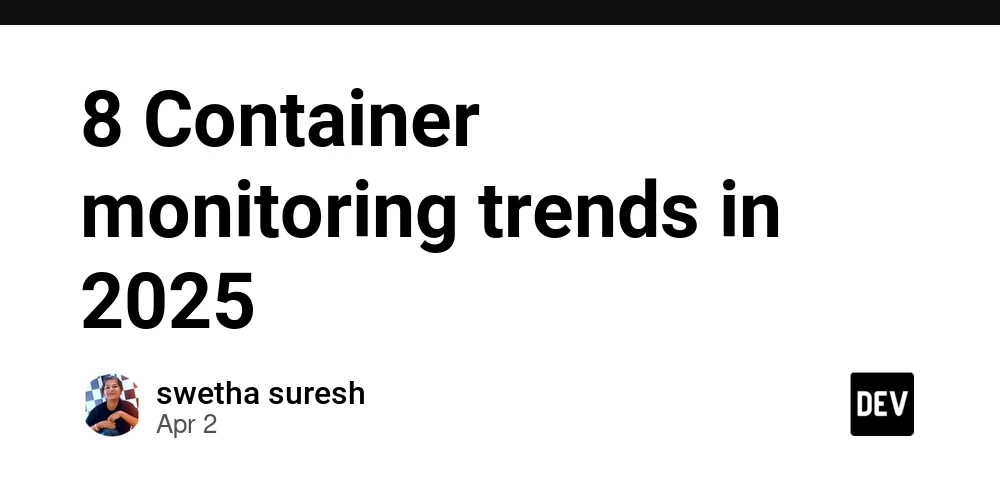
Introduction
The rapid adoption of containerized environments has transformed how organizations develop, deploy, and manage applications. Containers provide unmatched scalability, portability, and resource efficiency, making them a fundamental component of modern cloud-native architectures. However, managing containerized workloads effectively requires robust monitoring solutions to ensure performance optimization, security compliance, and real-time troubleshooting.
As the container ecosystem continues to evolve, organizations must keep pace with emerging trends in monitoring. This blog explores the latest developments in container monitoring, highlights key challenges, and examines how organizations can leverage advanced monitoring solutions to maximize operational efficiency.
1. Shift-Left monitoring for early detection
Modern DevOps practices emphasize a proactive, shift-left approach to monitoring, integrating observability tools within the software development lifecycle. By embedding monitoring in CI/CD pipelines, developers can detect and address performance bottlenecks, security vulnerabilities, and configuration errors before applications reach production. This early intervention minimizes downtime, improves deployment reliability, and accelerates issue resolution.
2. AI-powered anomaly detection
Artificial intelligence (AI) and machine learning (ML) are redefining container monitoring by enabling predictive analytics and automated anomaly detection. AI-driven monitoring tools analyze historical performance data to identify deviations from normal behavior, flagging potential failures before they escalate. This proactive approach enhances system reliability and reduces mean time to resolution (MTTR) for critical incidents.
3. Beyond metrics: comprehensive Observability
Traditional monitoring focuses on resource utilization metrics such as CPU, memory, and network traffic. However, modern container observability extends beyond basic metrics to incorporate logs, distributed traces, and real-time event analysis. This holistic view allows teams to trace application performance issues across complex microservices architectures, facilitating faster root-cause analysis and debugging.
4. Multi-cloud and Hybrid cloud visibility
As organizations increasingly adopt multi-cloud and hybrid cloud strategies, monitoring solutions must provide seamless visibility across diverse cloud platforms. Containers deployed on different cloud providers require unified monitoring dashboards that consolidate performance data, security alerts, and network insights. A centralized observability strategy ensures consistent performance monitoring across distributed environments.
5. Strengthening security with advanced monitoring
Security remains a top concern for containerized environments, as misconfigurations and runtime vulnerabilities can expose applications to cyber threats. Advanced monitoring solutions now integrate security analytics, vulnerability scanning, and compliance enforcement to detect anomalies, unauthorized access attempts, and suspicious behavior within containers. By implementing runtime security monitoring, organizations can proactively mitigate security risks.
6. Auto-scaling for optimized resource utilization
Efficient resource allocation is crucial for maintaining cost-effective containerized workloads. Modern monitoring solutions incorporate auto-scaling capabilities that dynamically adjust resources based on workload demand. By analyzing real-time traffic patterns and application load, auto-scaling ensures that containers maintain optimal performance without over-provisioning resources, leading to significant cost savings.
7. Edge and Serverless monitoring
With the rise of edge computing and serverless architectures, monitoring strategies must adapt to track ephemeral and lightweight workloads. Edge environments require minimal latency, demanding monitoring tools that provide real-time telemetry without consuming excessive system resources. Similarly, serverless monitoring must capture function execution time, error rates, and invocation latency to ensure seamless performance.
8. The role of OpenTelemetry in standardized monitoring
The growing adoption of OpenTelemetry is driving standardization in container monitoring. As an open-source observability framework, OpenTelemetry simplifies the collection and instrumentation of telemetry data across distributed applications. By providing a unified approach to tracing, logging, and metrics collection, OpenTelemetry enhances interoperability between different monitoring platforms, reducing vendor lock-in.
Challenges in Container Monitoring
Despite advancements in monitoring technologies, organizations face several challenges when managing containerized workloads:
- Handling multi-cloud complexity: Monitoring across multiple cloud providers requires a unified approach to ensure visibility and control.
- Managing large-scale deployments: Enterprises running thousands of containers need scalable monitoring solutions that can process high-volume data efficiently.
- Ensuring security and compliance: Protecting containerized applications from cyber threats and maintaining regulatory compliance remain critical concerns.
- Real-time observability: Legacy monitoring tools often struggle to provide real-time insights into transient workloads, making modern observability frameworks essential.
ManageEngine’s Applications Manager as a Container monitoring solution
ManageEngine’s Applications Manager provides an all-in-one solution for monitoring containerized environments. With real-time performance tracking, AI-driven anomaly detection, and seamless multi-cloud observability, it empowers organizations to maintain optimal application health. The platform supports auto-scaling, proactive alerting, and in-depth log analysis, enabling IT teams to troubleshoot issues efficiently and enhance operational resilience. Its user-friendly interface and automated insights make it a reliable choice for enterprises seeking to optimize their container monitoring strategies.
Conclusion
Container monitoring is evolving rapidly to meet the demands of modern IT environments. AI-driven insights, comprehensive observability, and security-focused monitoring solutions are transforming how organizations manage containerized workloads. By leveraging cutting-edge technologies and standardized frameworks like OpenTelemetry, businesses can achieve real-time visibility, proactive issue resolution, and enhanced operational efficiency. Investing in robust monitoring solutions like ManageEngine’s Applications Manager ensures seamless performance, security, and scalability in containerized environments.
As organizations continue to innovate with containers, staying ahead of monitoring trends will be essential for maintaining a competitive edge in the digital landscape.













































































































































































![[The AI Show Episode 142]: ChatGPT’s New Image Generator, Studio Ghibli Craze and Backlash, Gemini 2.5, OpenAI Academy, 4o Updates, Vibe Marketing & xAI Acquires X](https://www.marketingaiinstitute.com/hubfs/ep%20142%20cover.png)














































































































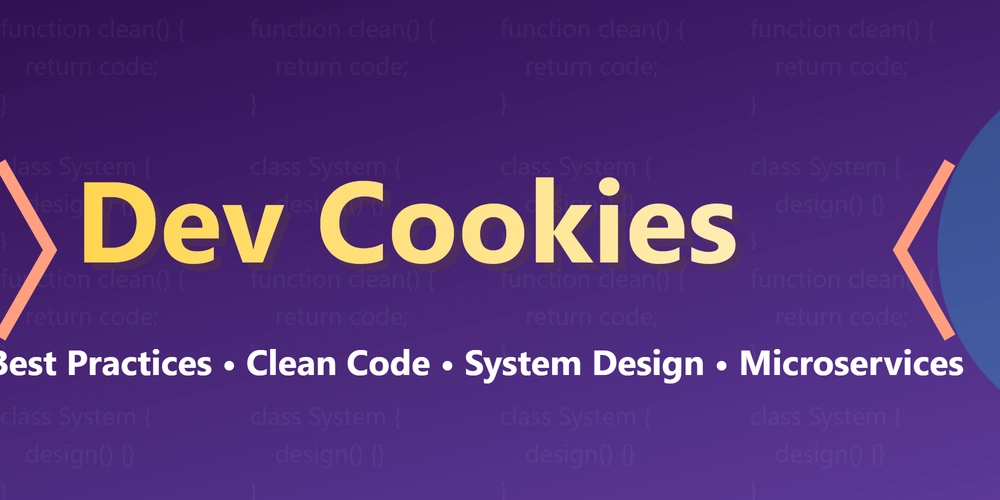

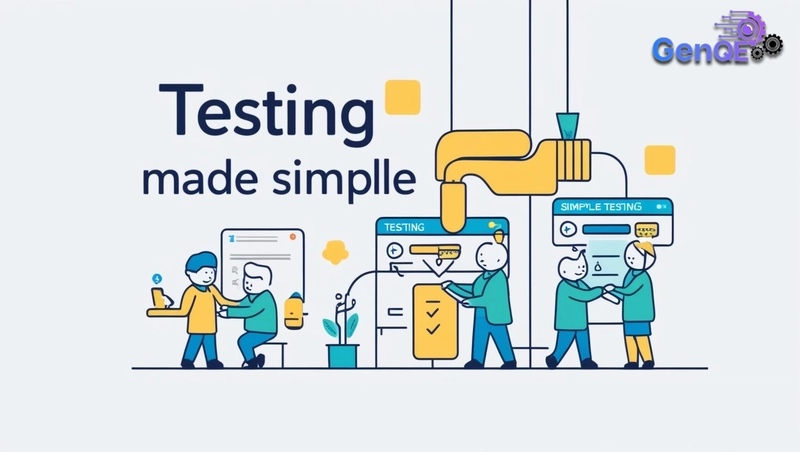
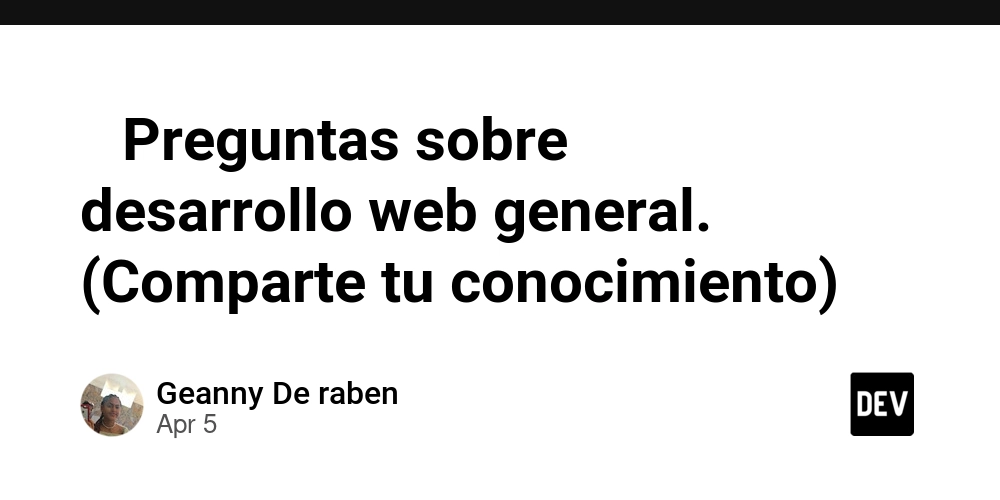









![[FREE EBOOKS] The Kubernetes Bible, The Ultimate Linux Shell Scripting Guide & Four More Best Selling Titles](https://www.javacodegeeks.com/wp-content/uploads/2012/12/jcg-logo.jpg)



![From drop-out to software architect with Jason Lengstorf [Podcast #167]](https://cdn.hashnode.com/res/hashnode/image/upload/v1743796461357/f3d19cd7-e6f5-4d7c-8bfc-eb974bc8da68.png?#)





































































































.png?#)





.jpg?#)
































_Christophe_Coat_Alamy.jpg?#)






































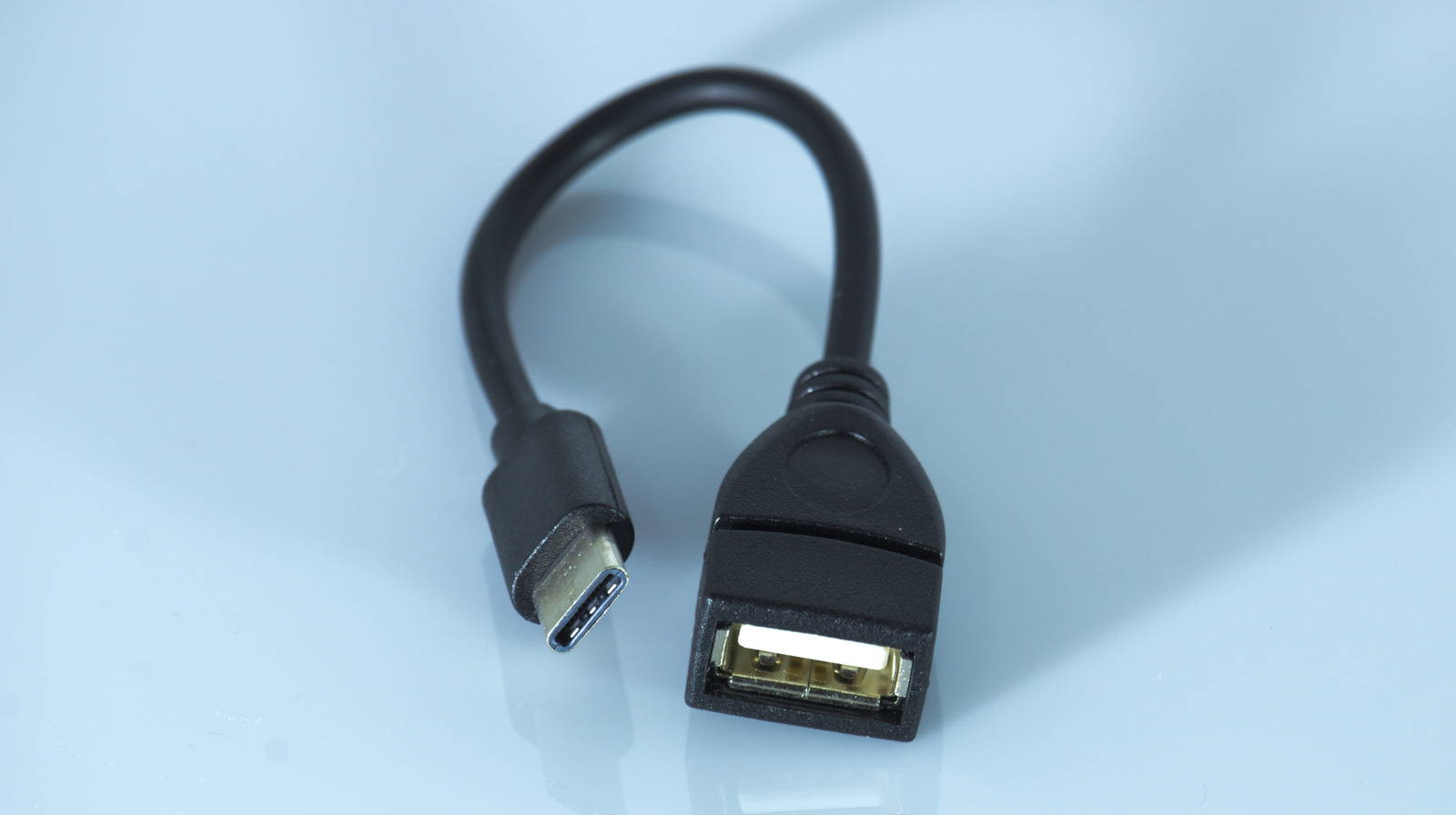



































































![Rapidus in Talks With Apple as It Accelerates Toward 2nm Chip Production [Report]](https://www.iclarified.com/images/news/96937/96937/96937-640.jpg)



































































































































